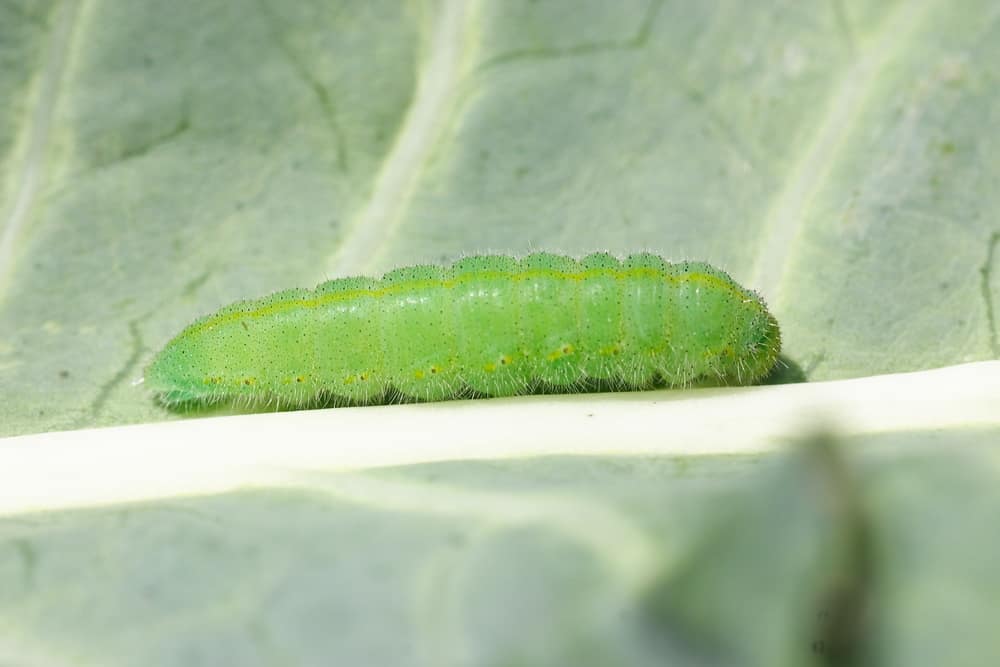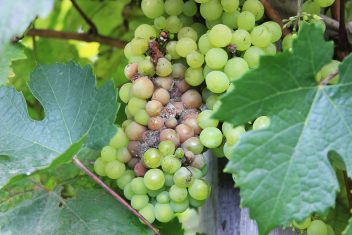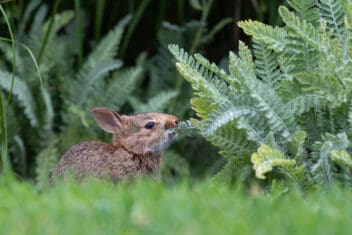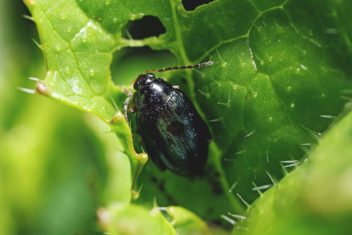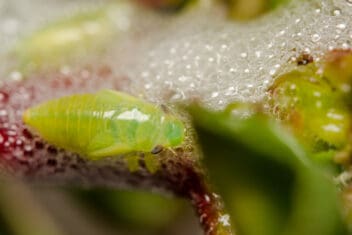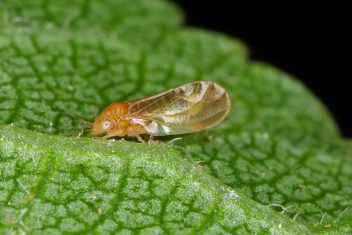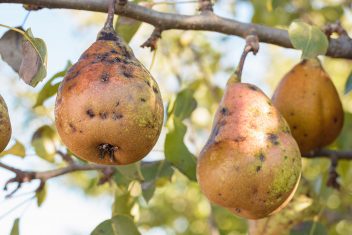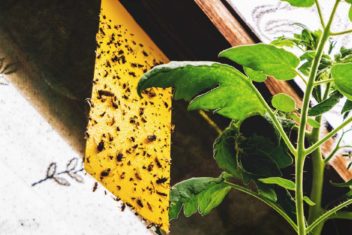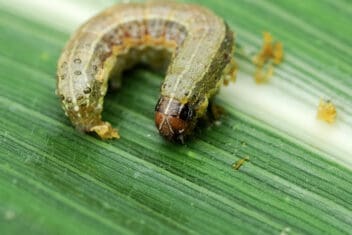Damage to food crops, flowers, and many other plants frustrates gardeners no matter where they live, but it’s all a part of gardening. One of the most common garden pests is imported cabbageworms. When the adult butterflies are on the wing, they are usually prolific in numbers and they lay a lot of eggs.
They particularly like plants in the Cruciferae family but will eat and damage other flowers and weeds as well. You can see that by the sheer number of plants the butterfly lands on.
If you’re tired of the damage this pest does in your garden, then let’s see how we can help you win that war.
What Are Imported Cabbageworms?
The imported cabbageworm (Pieris rapae) is sometimes called the cabbage white, small white, or cabbage butterfly. It’s a medium-sized butterfly common in any temperate climate, and while the adults are relatively harmless, the larval stage has a voracious appetite and can devour your plants.
It was first seen in Canada in 1860, and within six years it spread across North America and is now considered widespread across the continent.
The imported cabbageworm feeds on foliage, and for such a small creature, it can cause a lot of damage. An infestation can easily reduce large, healthy leaves on multiple plants to just veins and stems in no time.
They have been known to burrow into the heads of broccoli and cabbage, so you have to be particularly careful when cleaning and preparing those plants for eating if you’ve had imported cabbageworms visit.
The other annoying thing about imported cabbageworms is that they eat a lot, they poop a lot and their fecal matter can stain and contaminate your crops. With large infestations, you will often see as much fecal matter as holes in the leaves.
The Lifecycle of Cabbageworms
From an egg to emerging as a butterfly takes around 42 days on average, and the adult butterfly lives for around another three weeks.
The number of generations per season depends on many factors including temperature. In cooler climates you will get three generations, in warmer climates like northern California, you will get up to five and around eight the further south you go.
In places like Florida, imported cabbageworms will be present all year.
Eggs
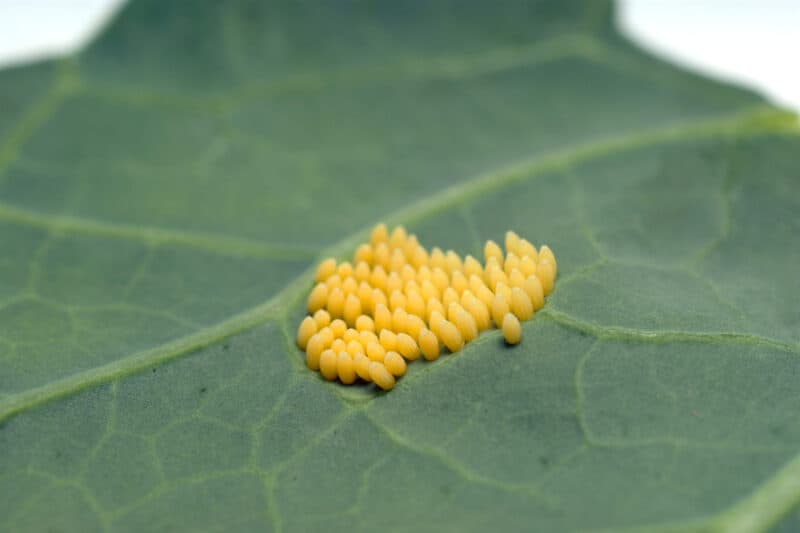
The female butterfly lays eggs singly on the undersides of leaves and foliage, though you may find them in clusters, as well. To the naked eye, the eggs are a little white dot that turns slightly yellow over a short period of time. Under a microscope, the egg is actually standing up on one end and is bullet-shaped.
Larva
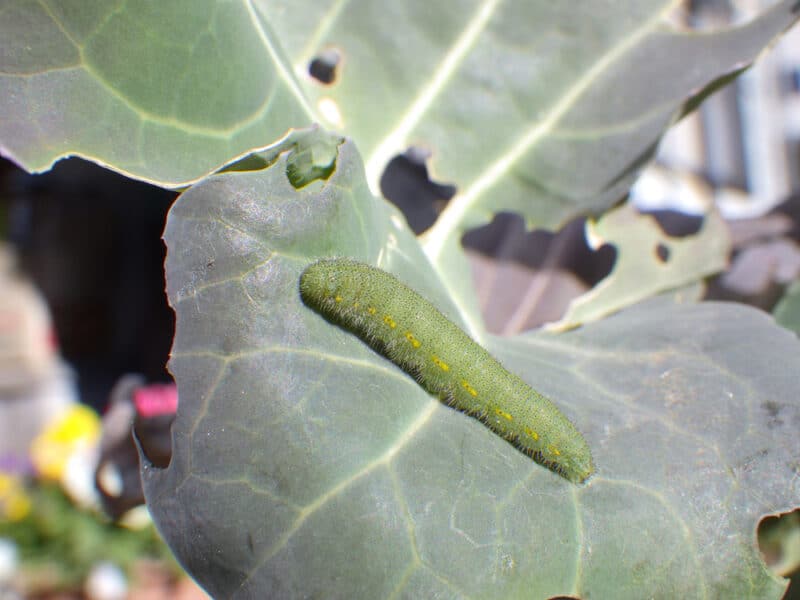
The larva or caterpillar stage is a soft, velvety green worm that might have faint yellow stripes. As it matures, it ends up fat and about an inch long. This is the most destructive stage of the lifecycle. This is when it eats and poops constantly, destroying your crop.
Pupa

Pupation (when the larva cocoons itself to become a butterfly) normally takes place on food crops, but they do end up on many other plants as well. Basil is a particular favorite and you will see the pupation on the underside of the leaf. It is covered in cottony strands and is often strong enough to curl the basil leaf around the caterpillar for extra protection.
Adult
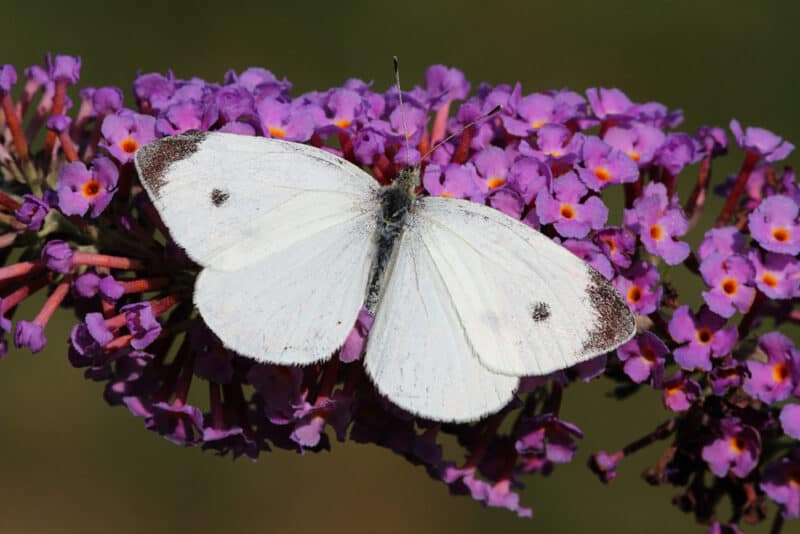
The adult wingspan can be up to two inches across. The butterfly is white with distinctive black dots. The patterns of the dots vary slightly between the male and female.
The adult butterfly will live for about three weeks and in this time the female will lay up to 400 eggs. It’s the female you generally see active in daylight flitting from plant to plant, laying eggs.
The adults sip nectar, so they will visit more plants than just the ones they lay the eggs on.
Host Plants of the Imported Cabbageworm
These are the most common plants, but this pest will visit many others. The best thing to do is watch them (frustrating, I know) and see what plants they are laying eggs on and what plants they damage when the caterpillar stage is eating.
- Cabbage
- Kale
- Broccolli
- Brussel sprouts
- Kohlrabi
- Cauliflower
- Horseradish
Damage by Cabbageworms
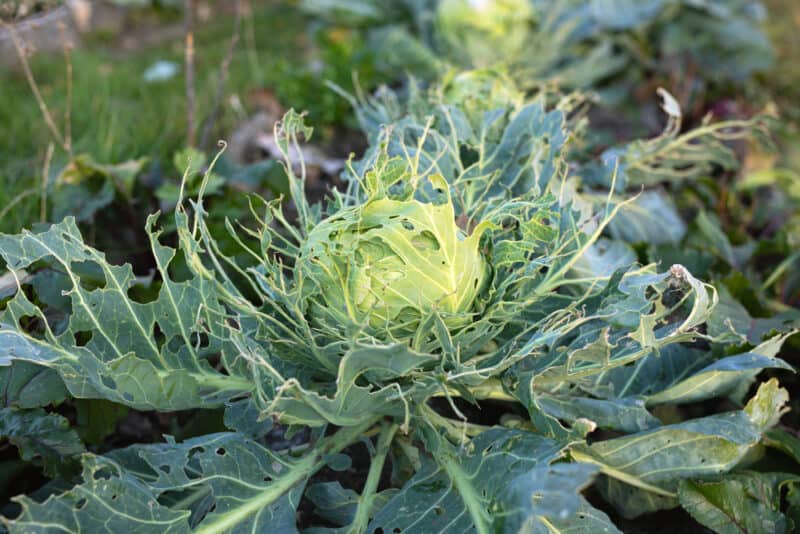
If left with no control measures, imported cabbageworms will multiply rapidly. They eat continuously so have the potential to severely damage your crops.
They eat holes into the foliage, and eventually, the leaf falls off or turns yellow and dies because the plant can’t provide it with nutrients.
Imported cabbageworms will eat so much, the plant may become skeletonized and die.
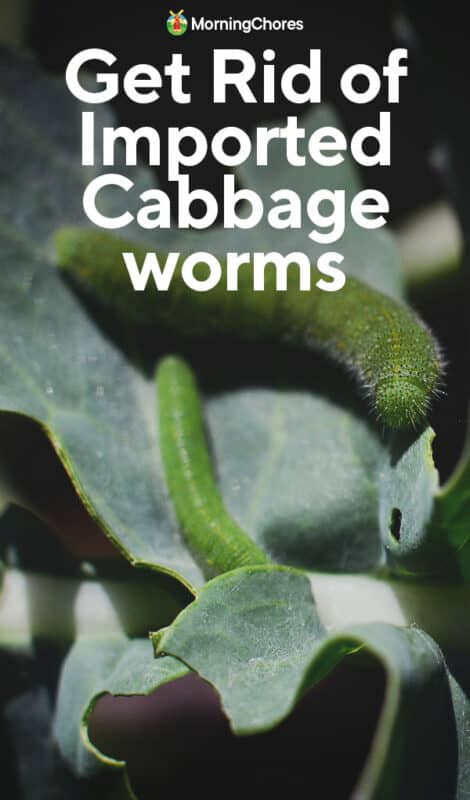
Controlling Cabbageworms
This is something you should do each season as a matter of course because imported cabbageworms are so common. Start the control methods before you even see the butterflies hovering over your precious plants.
1. Hand Pick
This is the most basic method and the perfect one if you have a smaller garden or just a few plants. With large gardens, you might need to have an army of people help.
Simply pick them off the plants and squish them, or if you have chickens, feed them to your birds. The worms are a real treat that your chickens will love you for.
2. Floating Row Covers
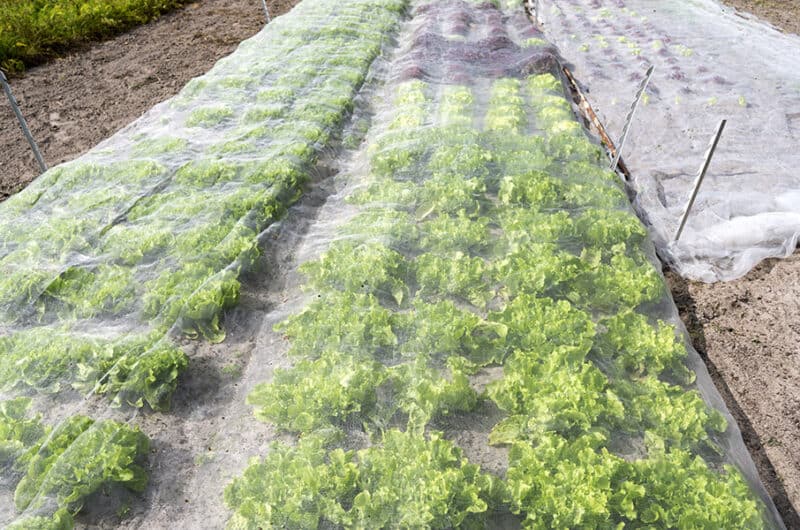
These are perfect to keep the butterflies off in the first place. They work especially well on raised garden beds. You can make your own or buy premade. Just be aware that as soon as you open your cover, the adult cabbage butterfly will swoop in. This is especially true if you leave it open.
3. Companion Planting
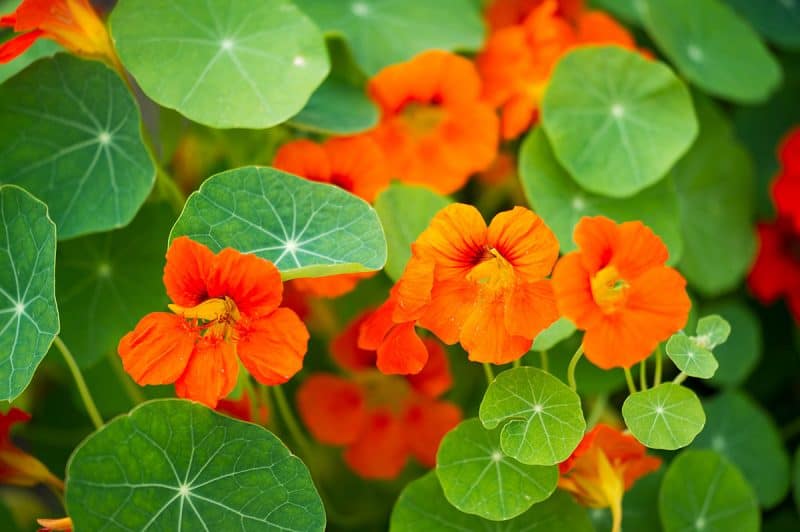
There are some plants that deter cabbage moths from laying their eggs in the first place. You need to make sure that the plants are suitable to have with brassica or whatever you are protecting against cabbage moth. These plants are said to deter imported cabbageworms:
- Lavender
- Thyme
- Dill
- Onions
- Garlic
- Marigolds
- Peppermint
You can also try a trap crop. This is where you intentionally plant something that cabbage butterflies love to lay their eggs on in order to keep them away from your real crop.
Nasturtiums are perfect for this. I plant them in pots around the garden because I find nasturtiums take over and spread too much.
4. Neem Oil
Every gardener should try neem oil if they’re struggling with pests. It covers the insect and kills them over time by interfering with their feeding and reproduction. It may also make the foliage unpalatable to the imported cabbageworm.
If imported cabbageworms are in large enough numbers, neem oil alone won’t be able to address the situation. You’ll need to combine with multiple other methods.
Neem oil can control other annoying insects that like to eat your plants. It will also help with a range of fungal diseases in the garden, so it’s worth keeping around.
5. Bacillus Thuringiensis
Known as Bt, this is a naturally occurring bacteria that is found in soil. It’s non-toxic to humans and animals, but deadly to certain insects like the larvae of butterflies and moths.
You can purchase it in concentrated form, or to make life easy, as a spray. Given its potency, ease of use right up to harvest, Bt is a solid choice if available in your area.
Simply spray in the evening all over your plants to the point the liquid is dripping off. Do this on both sides of the foliage.
If you have swan plants or milkweed, avoid spraying there as you don’t want to kill the monarch caterpillars.
6. Parasitic Wasps
There are beneficial wasps such as Trichogramma brassicae that don’t sting us but lay their eggs on the larvae and pupa of caterpillars. In many places, you can buy packs of eggs, pupae, or adults to add them to your garden. Or look for them online.
The wasps will lay their eggs on or in a caterpillar and when the eggs hatch the wasp larvae make a meal out of the caterpillar.
7. Insecticidal Soaps
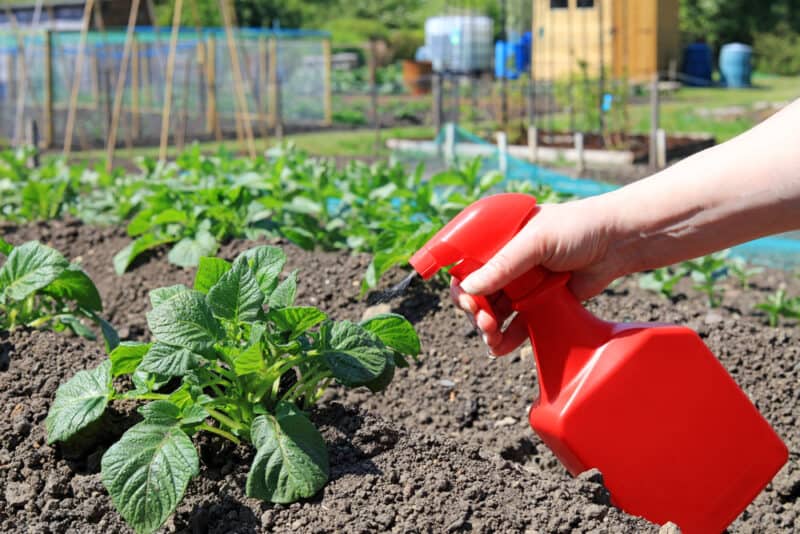
Most insecticidal soaps work well when sprayed directly on the cabbageworm. Check the one you get to make sure it has no residual effect on beneficial insects and pollinators.
There are some insecticidal soaps that are natural and others that are chemical-based. Both work well, but natural sprays are typically better for the environment.
To make a homemade one, add a teaspoon of mild dish soap to 1 liter of water. Put it in a spray bottle and target the cabbageworm directly.
8. Pyrethrum
Although pyrethrum is naturally derived, it does have the potential to harm beneficial insects, although this residual effect should only last a couple of hours.
Pyrethrum is a knockdown insecticide meaning it doesn’t take time to work its way to effectiveness like neem oil. It kills on contact. Spray your plants liberally to kill the feeding butterflies.
9. Cornmeal
It sounds strange, but you can use cor meal to deal with imported cabbageworms. Use a spray bottle or hose to wet the plant down, then sprinkle cornmeal on. Be generous with the amount. The cabbageworm will eat the cornmeal and after doing so, will swell and die.
10. Diatomaceous Earth
Use diatomaceous earth when no rain is forecast, otherwise, this will just wash off. If you don’t know what it is, you will be amazed at what diatomaceous earth can do, especially in a small area.
Diatomaceous earth is fossilized aquatic organisms made up of silica. You sprinkle the dry powder on the plants and when the cabbageworm crawls over it, they dry out due to the fats and oils of their bodies being absorbed out.
